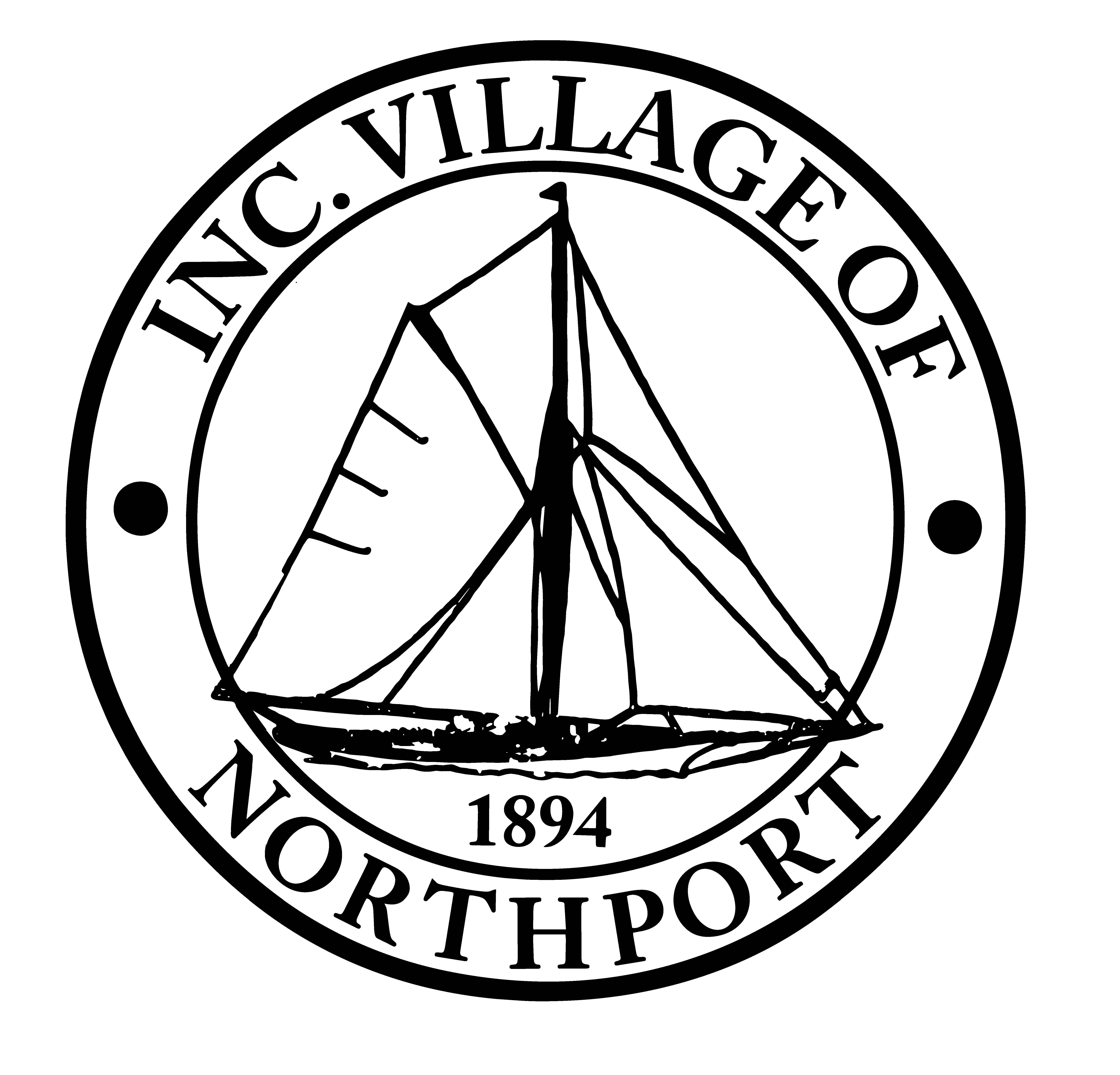Did You Know???
Keeping Our Water Clean
Unlike the boroughs of neighboring New York City, which gets its water from the Catskills, we Long Islanders do not derive our drinking water from water bodies on the surface, but rather from a vast groundwater system beneath our feet, making it all the more important to protect. the surface, but rather from a vast groundwater system beneath our feet, making it all the more important to protect. the surface, but rather from a vast groundwater system beneath our feet, making it all the more important to protect. the surface, but rather from a vast groundwater system beneath our feet, making it all the more important to protect.
One way to do so, according to the United States Geological Survey, is by limiting the use of compound chemical pesticides and fertilizers. (Click on photos for larger versions.)
The use of pesticides to control weeds, insects, and other pests has resulted in a range of benefits, including increased food production and reduction of insect-borne disease, but also raises questions about possible adverse effects on the environment, including water quality. To read the USGS’s entire report, go here. We also must protect our recreational waterways including Northport Harbor. As is obvious to anyone who has watched the water race down Main Street straight in to the harbor knows, that, too, can be helped along by limiting chemical pesticides and fertilizers as well as curbing your pets and disposing of boat sewage responsibly. Northport Village Northport Village provides a pump-out boat service in the harbor. The Northport Harbor Pump-Out Boat monitors VHF Channel 9. |
Pesticides and Fertilizers
Stormwater runoff and the case for limiting or eliminating the use of chemical pesticides and fertilizers
 When beaches or shellfishing areas are closed by the NYS Department of Environmental Conservation, it is usually following a heavy rainstorm.
When beaches or shellfishing areas are closed by the NYS Department of Environmental Conservation, it is usually following a heavy rainstorm.
That is mainly because stormwater from rain or melting snow turns into runoff that doesn’t soak into the ground but runs off into waterways. Instead, it flows from rooftops, over paved areas and bare soil, and through sloped lawns while picking up a variety of materials on its way, according to the DEC.
Nutrients such as phosphorus and nitrogen can promote the overgrowth of algae, deplete oxygen in the waterway and be harmful to other aquatic life. Toxic chemicals from automobiles, sediment from construction activities and careless application of pesticides, herbicides and fertilizers threaten the health of the receiving waterway and can kill fish and other aquatic life. Bacteria from animal wastes and illicit connections to sewerage systems can make nearby lakes and bays unsafe for wading, swimming and the propagation of edible shellfish.
More ways we can all help keep our waterways clean, such as leaving waste in an approved pumpout station or waste receptacle facility, can be found on the DEC’s web site.

